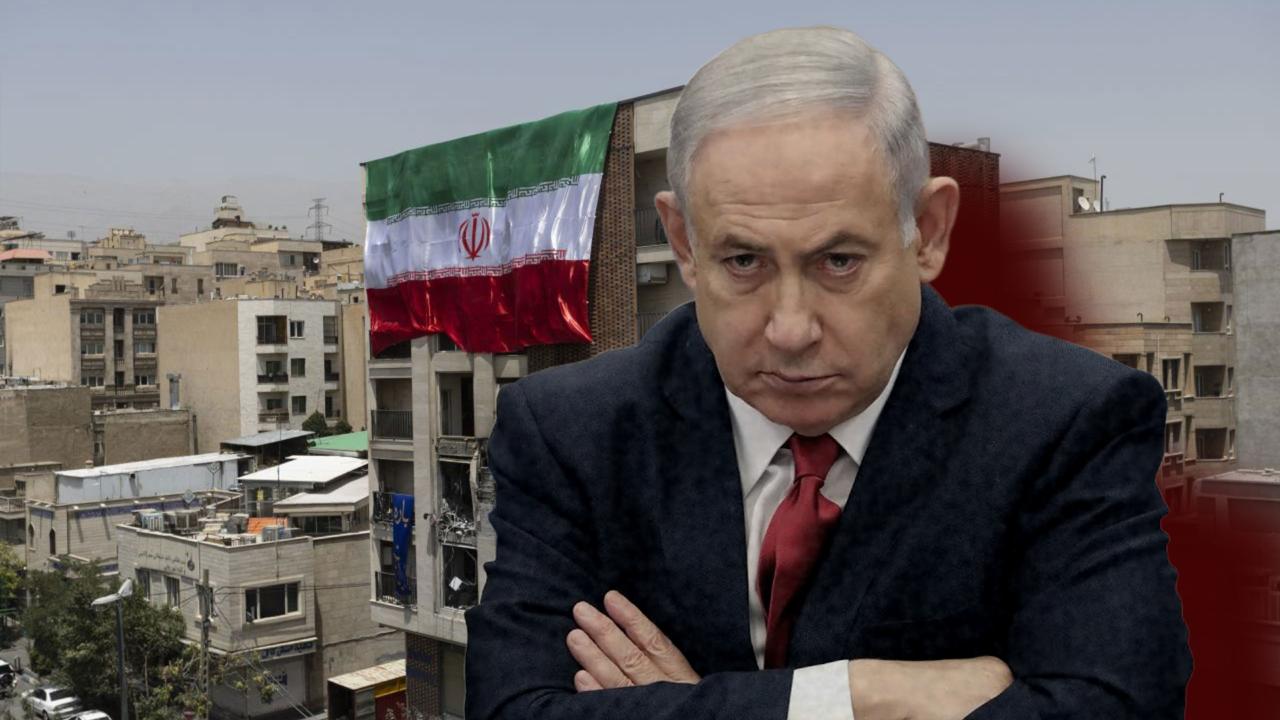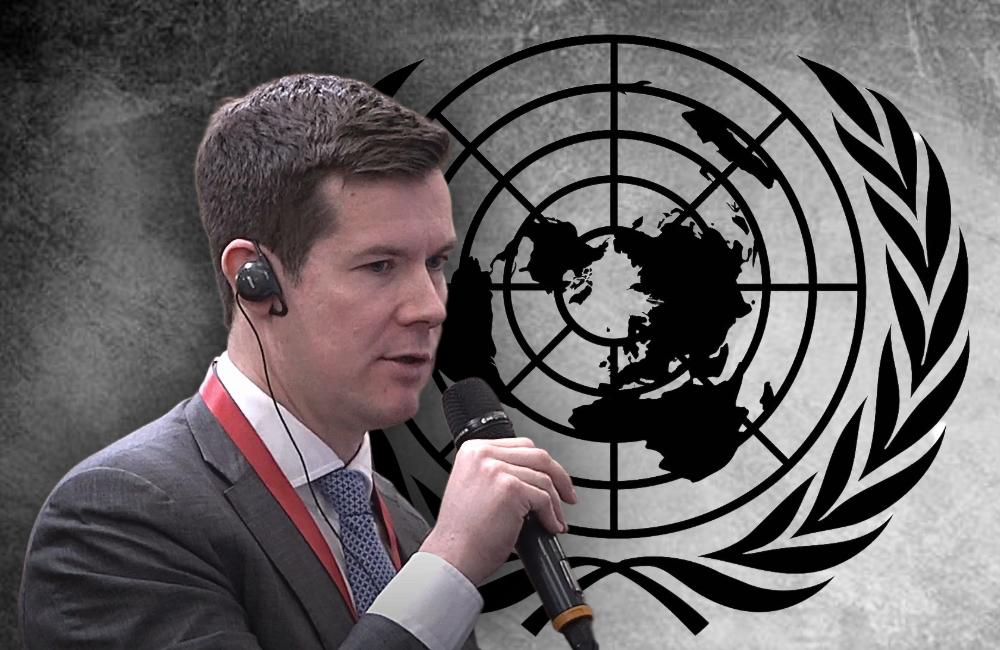Following the so-called 12-day war between Israel and Iran, analysts are assessing the likelihood of a new conflict between the two countries. There is no doubt that the administration of Benjamin “Bibi” Netanyahu is very eager to start another war. This stems from both internal problems and the interpretation of international policy that Bibi represents. Furthermore, the position of the United States and the military capabilities of Israel and the United States are of key importance here.
Before we examine what is currently happening in this arena, let’s take a look at a brief profile of Benjamin “Bibi” Netanyahu. What is worth knowing about this man? Many Jews consider him a patriot and a supporter of a strong Israeli state. One can have different opinions about Netanyahu, especially considering he is guilty of the deaths of thousands of civilian victims in Gaza. However, one should know his biography. Bibi comes from a family where he absorbed Zionist nationalism. His brother, Yoni, was a commander in Sayeret Matkal. He was killed in Entebbe during the operation to rescue hostages from a passenger plane (a flight from Israel to France). Bibi also served in Sayeret Matkal and did not hold a desk job—he was wounded during the rescue of hostages in the Sabena flight operation.
Thus, we have a psychological portrait of a man who grew up in a nationalist Israeli family, and this nationalism is visible in every political decision he makes. He is also a representative of the so-called power circles associated with the Israeli military and intelligence services. However, it should be noted that not all of his decisions have been met with approval in these circles. An example is the confusion surrounding Shin Bet, where Ronen Bar denied Nadav Argaman’s claims about Netanyahu’s private meetings. Bar defended himself very weakly against these accusations, explaining that Shin Bet does everything to ensure the country’s security.
Summing up the internal relations in Israel, one can observe the system closing in. Bibi is taking control of the army and the intelligence services. The remaining obstacles are the judges and prosecutors.
Analysis of the Recent Conflict and Current Situation
Reviewing media reports about the 12-day war, it becomes clear that Israel did not achieve the successes it expected or that were proclaimed by Western media. However, this does not mean that Israel’s strikes were completely ineffective and did not damage Iran’s defense systems. Examples include satellite images from the area south of Tehran obtained on October 1, 2025. It can be assessed that the air defense system, which includes the S-200 and Bavar-373, is still not operational and has not been repaired.
A major surprise for Israel was that Iran was able to respond with high effectiveness. It can be said that neither the Iron Dome, nor Arrow-1, nor Arrow-2, nor several other air defense systems lived up to the expectations placed on them. Iran was able to effectively strike not only buildings of the Israeli state administration but also military facilities, such as airports.
US Military Activity and Iran’s Threats
At the moment, an increase in US air force activity in the Middle East direction has been noted. A US Navy P-8A Poseidon was recently spotted over the Persian Gulf near Bushehr in Iran. The aircraft was performing repeated patterns, suggesting an ISR (electronic intelligence) mission monitoring Iranian naval activity and the Bushehr nuclear facility.
A large-scale movement of US aviation was recently observed, involving the transfer of over 30 air tankers, including KC-135 and KC-46 Pegasus aircraft, from several internal bases in Europe.
According to an article in The Kenya Times from October 4, 2025, the operation, which began at night and lasted until the morning of September 29, 2025, represents one of the largest mass movements of US air tankers in recent years.
Air tankers are essential for extending the range of fighters, bombers, and reconnaissance aircraft, enabling the execution of long missions in Europe, the Middle East, and beyond.
The timing of the operation coincides with the escalation of tensions in Eastern Europe and the Middle East. In recent weeks, Israel has intensified its aerial activity against Iranian military infrastructure, raising concerns about the outbreak of a broader regional conflict. Reports have emerged that the Americans were supposed to support Israeli air defense operations. However, the United States claims it is not directly participating in these operations.
The Trump administration’s decision to deploy such a significant number of tanker aircraft without fighter escort is seen as an element of political pressure. This allows the Trump administration to maintain pressure while preserving diplomatic flexibility.
In response to these actions, as well as recent sanctions, Iran issued a stern warning. General Ahmad Reza Pourdastan stated that a “crushing response” would be given for every hostile step from the US. Although in recent clashes Iran’s responses have mainly consisted of retaliatory missile strikes, it now signals readiness to expand its activities to other battlefields, including cyberspace and the naval domain.
Despite recent bombings by the US and Israel, Iran has managed to retain significant tactical capabilities, which are being systematically built up.
Conclusions and Forecast
In summary, the situation in the Middle East points to the possibility of another attack on Iran before the end of this year. The probability of such a scenario can be assessed as above 60% (high). For comparison, analysts currently estimate the possibility of a direct NATO/Russia conflict at below 20%.
In the event of a US and Israeli attack on Iran, the problem for the Americans will be Ukraine. We see increased activity by the Trump administration aimed at shifting the costs of the conflict onto the countries of the European Union. The US does not have the military capacity to maintain intense support for Ukraine while simultaneously entering a large-scale conflict with Iran. Trump’s calculations here are quite clear. Shifting the burden of the conflict in Ukraine onto the allies largely frees his hands in the Middle East.
Time will tell whether another war with Iran will occur by the end of this year. Today, one can only say with certainty that a new war could be much bloodier and more destructive.










